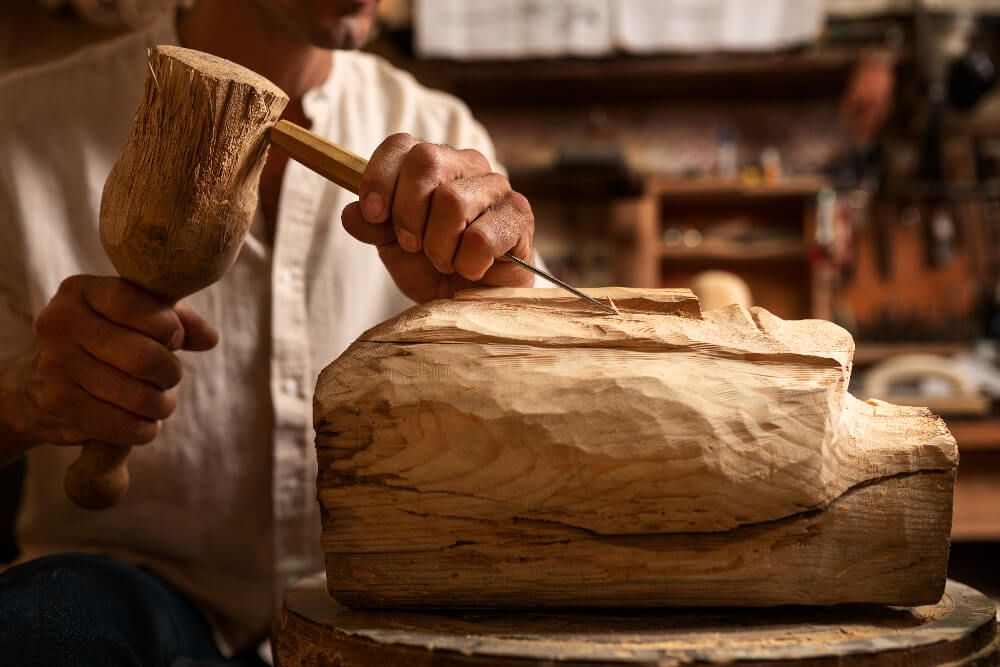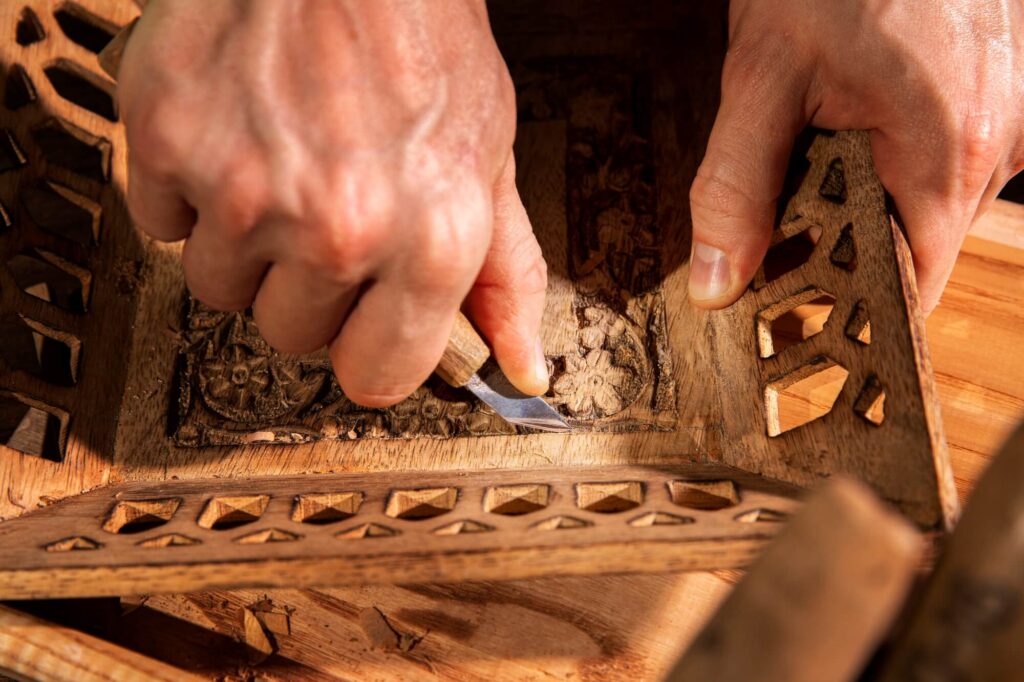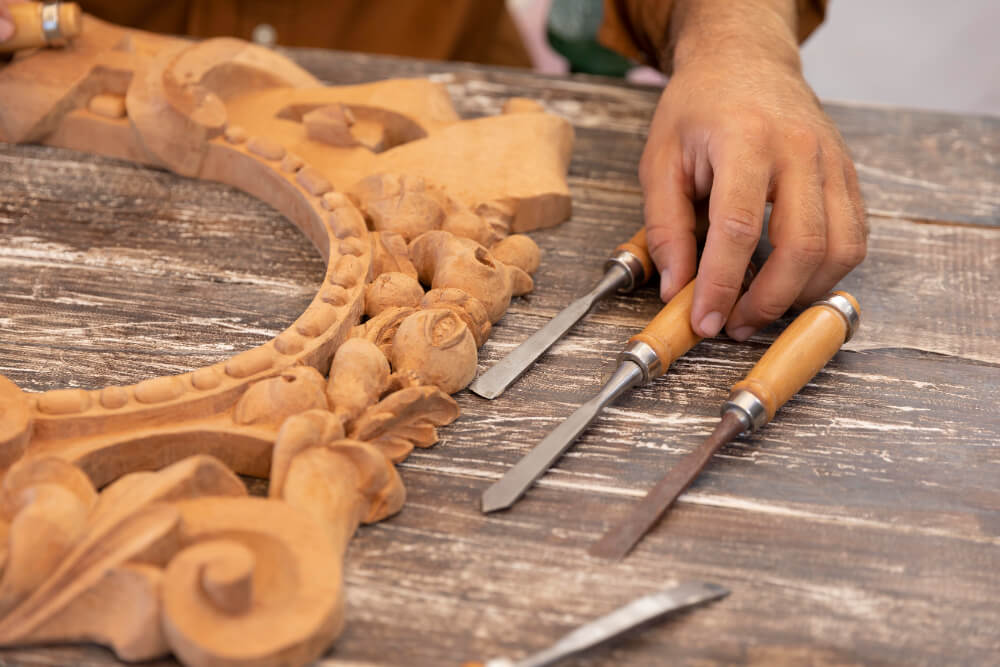Indonesia, with its rich cultural heritage and tradition of handicrafts, holds immense potential for entering the global market. Indonesian handicraft products, such as batik, Ekayu carvings, and woven goods, are not only loved domestically but also have strong appeal in international markets. For this reason, it is crucial for small entrepreneurs to understand the steps and strategies they can take to tap into these global opportunities and export markets.
Indonesian handicraft products are renowned for their uniqueness and diversity, showcasing the country’s rich cultural wealth. Their quality is undeniable. In fact, data from 2022 shows that Indonesia’s handicraft exports reached USD 823 million, with the United States, Europe, and Japan as primary markets. This demonstrates that Indonesian handicrafts can be well-received in these regions.

However, Indonesian handicrafts currently account for only about 1.25% of the global handicraft market—a relatively small share, meaning there is ample room for growth. Products such as travel bags, woven items, and tableware are particularly popular in European countries.
To achieve greater global market penetration, small businesses and MSMEs (Micro, Small, and Medium Enterprises) can consider taking the following strategic steps:
- Improve Product Quality
Ensure your products meet international quality standards by using high-grade materials and implementing efficient production processes. Strict quality control will help build a strong reputation in global markets. - Leverage Technology and Digitalization
Use e-commerce platforms to market products globally. Social media and other digital marketing strategies, like websites, can increase your product visibility. Additionally, technology can help enhance production efficiency and streamline distribution. - Comply with Export Standards
Develop your business to meet export-ready standards. International buyers often look for assurance that products are manufactured ethically and comply with their country’s regulations. - Participate in Government Programs
Take advantage of government programs, such as collaborations with PosAja and Xpora BNI, which offer business training, logistics support, and financing for MSMEs. These programs help create a robust ecosystem for both local and international markets. Government support is vital in facilitating access to global markets. - Adapt Products to Market Demand
Conduct market research to understand trends and consumer preferences in your target export countries. Tailoring your products to local demand can increase their competitiveness.

The opportunities in Indonesia’s handicraft export business are highly promising on the global stage. By following the right strategies, small entrepreneurs can harness this potential to boost their income and contribute to the national economy. High-quality products, technological integration, clear business legality, government support, and adapting to market demand are some of the key success factors for breaking into international markets.







